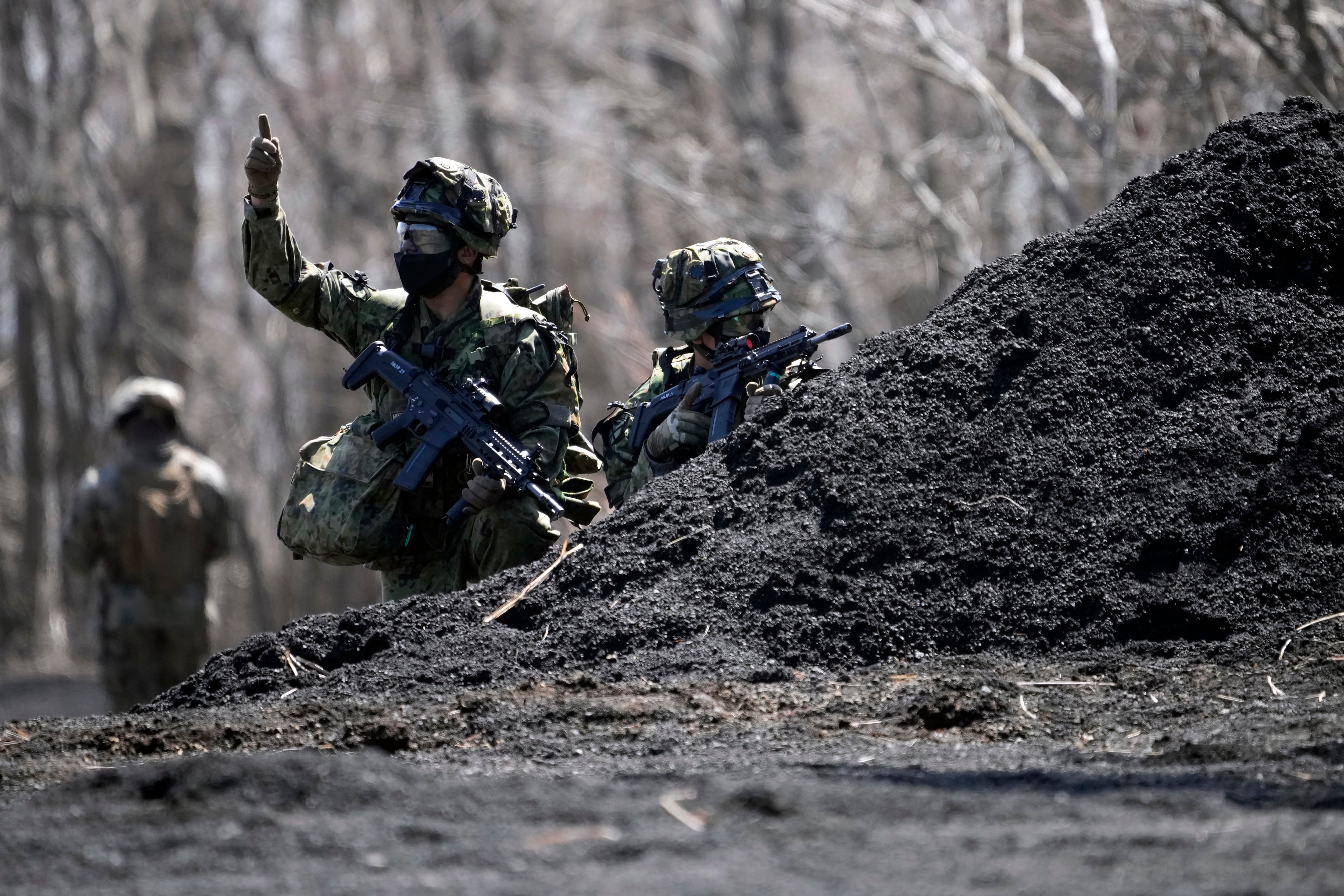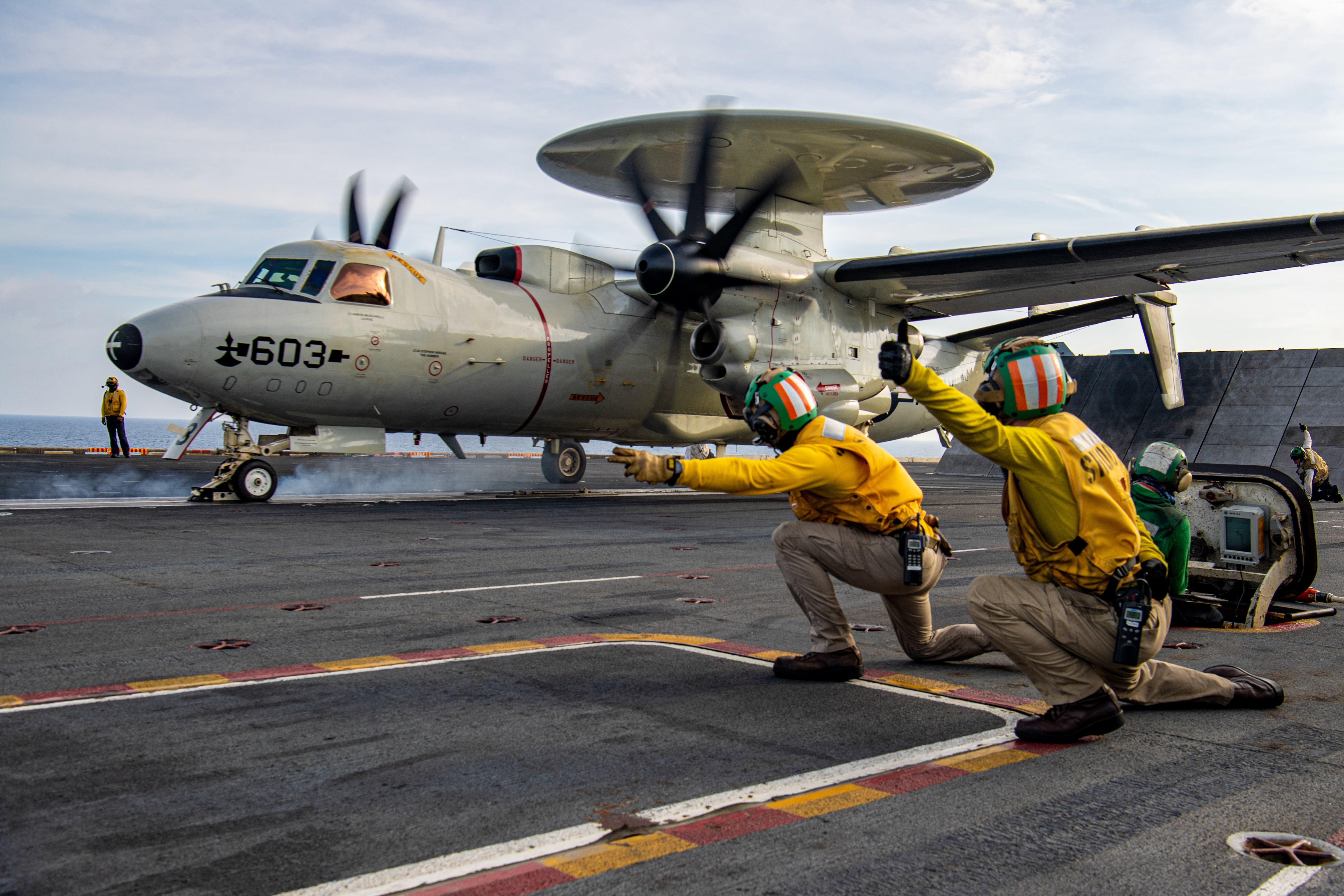WASHINGTON ― U.S. Indo-Pacific Command has outlined new spending requirements to boost deterrence against China, including billions of dollars in new weapons, new construction and closer military-to-military collaboration with America’s allies in the region.
The command’s congressionally-ordered assessment delivered Wednesday calls for more than $87 billion in spending between 2024 and 2028; with $15.4 billion for fiscal year 2024 alone. That represents a significant jump from last year’s $9 billion request for FY23 and five-year projected spend of $77 billion.
With China competition a bipartisan priority on Capitol Hill, the Indo-Pacific Command assessment of its needs offers a blueprint for China hawks to add to President Joe Biden’s $842 billion defense budget for FY24, which requests $9.1 billion for the Pentagon’s Pacific Deterrence Initiative.
The report drafted by INDOPACOM chief Adm. John Aquilino calls for new space capabilities, missiles and air defenses, radar systems, staging areas, intelligence-sharing centers, supply depots and testing ranges throughout the region, as well as exercises with allies and partners.
“The U.S. must focus our efforts to present persistent, lethal and integrated Joint Force west of the [international date line] that can impose out-of-proportion costs and complicate any adversary’s ability to effectively compete with the U.S. military while simultaneously demonstrating U.S. commitment and resolve to our allies and partners,” reads an unclassified executive summary obtained by Defense News.
The command continues to call for a 360-degree persistent and integrated air defense capability on the U.S. territory Guam by 2026, as Aquilino has said his No. 1 priority is establishing an Aegis Ashore system there. The effort, underway for several years, would help protect U.S. citizens and forces.
RELATED

Amid the Pentagon’s plans for more distributed forces in the Pacific, the largest portion of the assessment ― $10.8 billion ― would be to “improve the posture and presence” in the region. More than $2 billion would build aircraft parking, fuel stores and other facilities on Tinian Island, Pulau ― and Guam, where the Marine Corps is moving 5,000 Marines of III Marine Expeditionary Force, based on Okinawa, Japan.
More than $8 billion would fund research and development efforts across the services, including $1.3 billion for space technology prototyping and more than $400 million for “offensive cyber,” the report says.
A $5.3 billion “persistent battlespace awareness” project, the Space Force’s Next-Generation Overhead Persistent Infrared program, would offer an orbiting missile warning system that includes the Arctic. Another $1 billion would fund a network of space-based sensors to cover air, sea and ground-launched missile threats.
A $2.8 billion wedge in the plan for “integrated maritime fires” includes hundreds of millions of dollars for Maritime Strike Tomahawk Missiles for the Navy and Army; sea mines and for the Navy’s long-range anti-ship missile. Also included is $170 million for the Navy Marine Expeditionary Ship Interdiction System, meant to be used by the new Marine littoral regiments for ship targeting and sea control.
As the Pentagon works to improve alliances in the region as a counterweight to China, Indo-Pacific Command also sees a need for $700 million to “build defense and security capabilities, capacity and cooperation of allies and partners.” The lion’s share of that proposal, roughly $530 million, would go toward Defense Security Cooperation Agency programs.
Joe Gould was the senior Pentagon reporter for Defense News, covering the intersection of national security policy, politics and the defense industry. He had previously served as Congress reporter.









